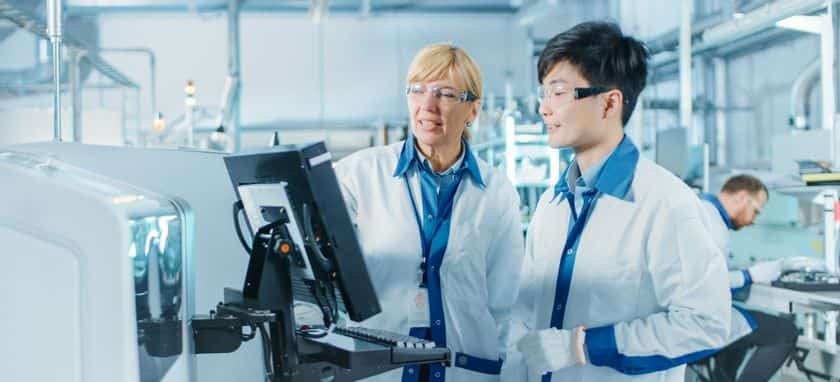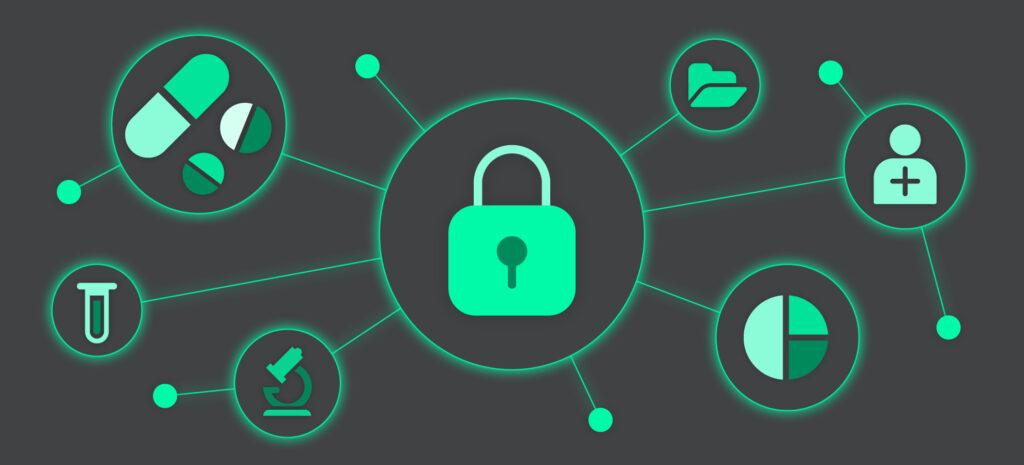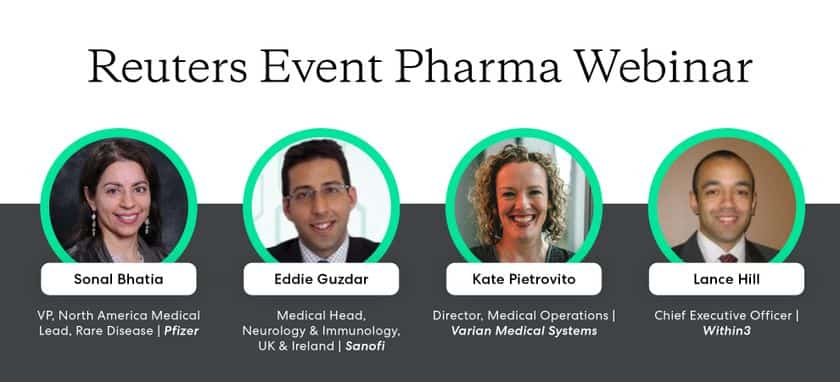Rising development costs paired with an ongoing shift to value-based care and the ever-accelerating pace of innovation are driving companies to get creative when it comes to medical device R&D. How can medtech teams find opportunities to lower costs, shorten timelines, and add agility to their work?
The COVID-19 pandemic put pressure on medical device companies to develop, manufacture and distribute point of care diagnostic instruments and tests. The industry delivered, and in the process set a new standard for future development timelines. Now, medical device organizations are exploring ways to reduce future risk and build resilience that could help them withstand another crisis – even the next pandemic.
In light of these challenges, medical device companies are prioritizing value-based medicine, meaning innovations that serve unmet clinical needs, reduce costs, and optimize care delivery. Companies can get closer to this goal by fine-tuning processes within medical device R&D, where lowering costs and shortening timelines can play a role.
Innovation in medical device R&D
When medtech teams shifted to virtual interaction in the early part of 2020, they discovered that conducting some types of work in virtual environments yielded major efficiencies. Virtual work – which takes place in an asynchronous environment over a period of days or weeks, rather than in a series of one-off video calls – helped medical device teams shorten timelines for new product development and even increase speed-to-market. Now, medtech companies are exploring how virtual work can help them build agility and future-proof their business.
How do medical device companies use virtual engagement?
Structured as over-time sessions that last about a week to ten days, virtual work lets team members focus more intensely on their activities because they’re not forced to multitask. They can access the virtual work platform when it’s most convenient and when they can be most productive without distractions. Virtual work tends to be more task-focused because it involves less extraneous, socio-emotional communication and logistics- or planning-related activities.
These structured, focused interactions can happen at any time, which is particularly advantageous for global organizations. All participants, regardless of where they live and work or what their daily schedule is like, are given an equal opportunity to provide their expert insight. And aside from providing asynchronous formats that eliminate time-zone challenges, virtual work platforms like ours also offer translation capabilities that help global teams overcome language barriers and garner more diverse insights more quickly. No endless email chains, no dropped threads, and more progression toward team goals.
How does virtual engagement control costs for medtech?
In traditional work structures, clinical trials and studies are associated with some of the biggest costs in medical device R&D, not least due to the face-to-face approach generally preferred. Medical device teams can manage these costs by performing some of the work that involves external engagement virtually.
Leveraging a virtual engagement platform can make conducting clinical studies more efficient overall, and while not all parts of clinical studies can take place virtually, activities like site selection, HCP collaboration, patient recruitment and engagement, and trial monitoring are all activities that can leverage virtual elements.
Taking advantage of virtual work for activities that previously required travel can also reduce costs, impact on the environment, and give HCPs, investigators, reps, and patients more time conducting their day-to-day activities and less time in transit to meetings and appointments.
After virtual engagement, what’s the next step?
So shifting activities like advisory boards and clinical trial design to virtual environments can add agility and help control costs – how can medical device organizations go further?
Adapting to virtual work is an important step, but such engagements can be more powerful when they take place inside an insights management ecosystem. Rather than considering a virtual advisory board a standalone, disparate project, teams should view as one part of a larger insights management strategy. Medtech organizations that have embraced digital tools that enable interaction should explore other technology, including solutions that allow more precise KOL identification.
Building on lessons learned for the year ahead
When medical device teams acted quickly to respond to the demands of a global health crisis, they also uncovered strategies to increase efficiency and continue meeting objectives without the option to meet in person. As that capability returns, teams will continue to use the tools and tactics that provide the best way to meet new challenges in the year ahead.
Do you know the three biggest challenges facing the medical device industry in 2022? Get our industry snapshot and virtual engagement guide to learn more.






